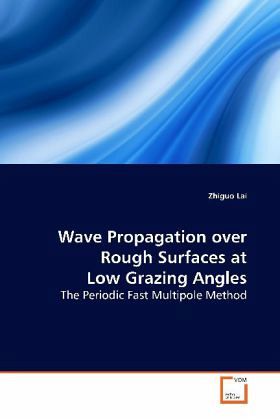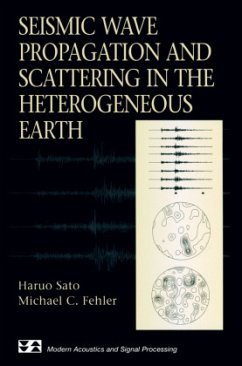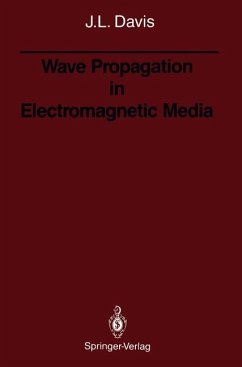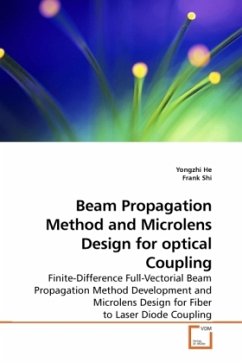
Wave Propagation over Rough Surfaces at Low Grazing Angles
The Periodic Fast Multipole Method
Versandkostenfrei!
Versandfertig in 6-10 Tagen
39,99 €
inkl. MwSt.

PAYBACK Punkte
20 °P sammeln!
This monograph deals with the statistical propertiesof the scattered field of an electromagnetic wavepropagating over a (perfectly conducting) roughsurface at low grazing angles. Two differentapproaches, one based on the parabolic equationtechniques and the other based on an exact full waveintegral equation, are investigated. For theparabolic equation modeling of the forward scatteringover a rough surface, only the mean field isconsidered. Efficient Fourier split-step solutionsare carried out and results are compared to theexperimental data. Meanwhile a recently publishedanalytical approach, t...
This monograph deals with the statistical properties
of the scattered field of an electromagnetic wave
propagating over a (perfectly conducting) rough
surface at low grazing angles. Two different
approaches, one based on the parabolic equation
techniques and the other based on an exact full wave
integral equation, are investigated. For the
parabolic equation modeling of the forward scattering
over a rough surface, only the mean field is
considered. Efficient Fourier split-step solutions
are carried out and results are compared to the
experimental data. Meanwhile a recently published
analytical approach, the mean Green''s function
technique for computing the mean scattered field, is
numerically evaluated through direct comparisons with
other methods. In the second method, the surface is
assumed to be periodic resulting in a surface
integral equation over only one single period. The
new integral equation is discretized using the method
of moments and is solved using the generalized
conjugate residue algorithm with the help of the fast
multipole method. Both the mean and the second moment
of the scattered field are studied.
of the scattered field of an electromagnetic wave
propagating over a (perfectly conducting) rough
surface at low grazing angles. Two different
approaches, one based on the parabolic equation
techniques and the other based on an exact full wave
integral equation, are investigated. For the
parabolic equation modeling of the forward scattering
over a rough surface, only the mean field is
considered. Efficient Fourier split-step solutions
are carried out and results are compared to the
experimental data. Meanwhile a recently published
analytical approach, the mean Green''s function
technique for computing the mean scattered field, is
numerically evaluated through direct comparisons with
other methods. In the second method, the surface is
assumed to be periodic resulting in a surface
integral equation over only one single period. The
new integral equation is discretized using the method
of moments and is solved using the generalized
conjugate residue algorithm with the help of the fast
multipole method. Both the mean and the second moment
of the scattered field are studied.












